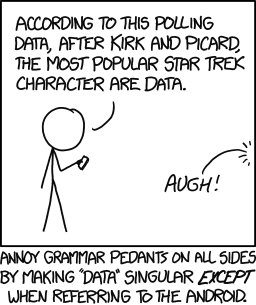such as DOIs, which might be assigned by, for example, “crossref” or “figshare”
I have to say publicly that this sentence makes absolutely no sense as crossref and figshare are not comparable assigning authorities. CrossRef is a registration agency of the International DOI Foundation; FigShare is not. Based upon the example given, the assigning-authority for a DOI would only ever be the set of agencies that assign DOIs. FigShare is not one of those agencies. See it is not on the list: https://www.doi.org/registration_agencies.html
